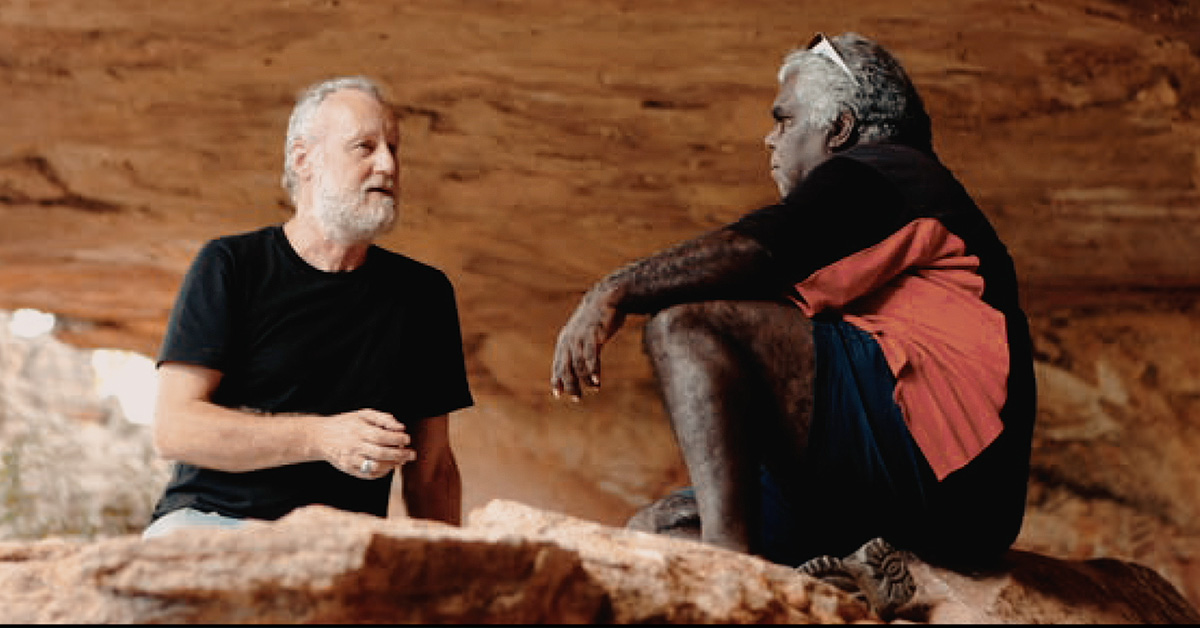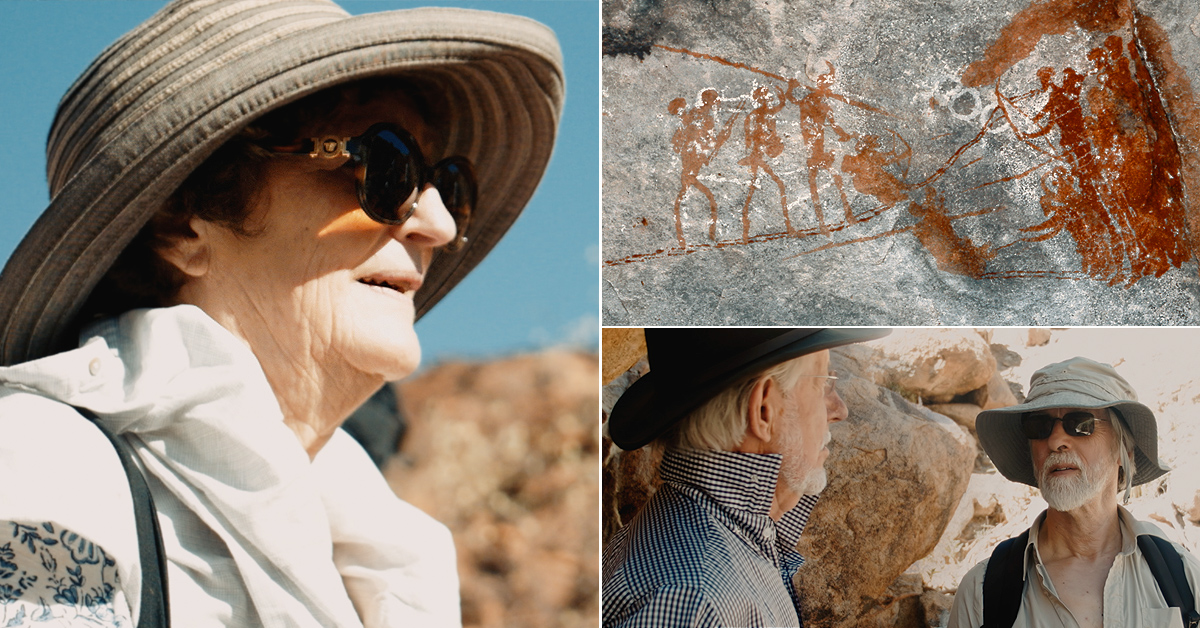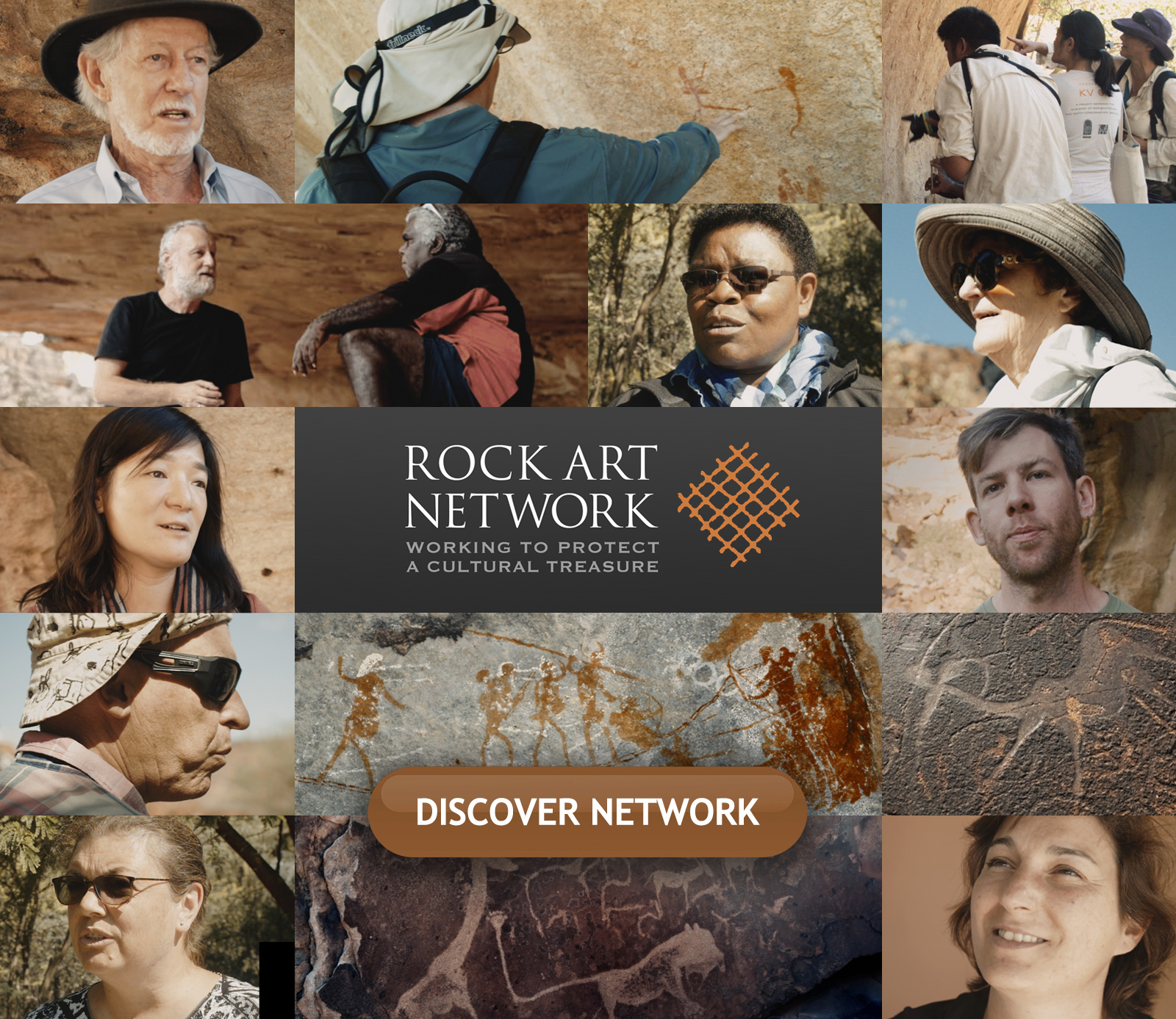


by Jill Cook
Dr Jill Cook is Senior Curator of Palaeolithic collections at the British Museum, London. She is a member of the Advisory Board of the Bradshaw Foundation.
- The British Museum Press
- Publication Date: 18 Feb 2013
- ISBN-10: 0714123331
- ISBN-13: 978-0714123332
Book Description:
This unique book explores the extraordinary sculpture and drawings created during the last European Ice Age, between 40,000 and 10,000 years ago the oldest known figurative art in the world. Over 100 objects are featured alongside stunning illustrations, including small but exquisite sculptures made from mammoth ivory, engraved drawings, and jewellery from the age of the great painted caves, in addition to celebrated masterpieces. Featured are the Swimming Reindeer (13,000 years old), the so‐called Willendorf Venus, (25,000 years old) and the Vogelherd horse (32,000 years old), examining them in a new light. This compelling narrative is also illustrated with a wealth of contextual images, from classical sculpture to twentieth‐century painting and even contemporary advertising campaigns, which demonstrate surprising aesthetic parallels between these ancient works and familiar modern pieces. In this way, Ice Age Art will bring home the point that the minds that created these objects in all their diversity and inventiveness were modern minds like our own, capable of highly sophisticated thought and expression.
Bradshaw Foundation review:
This highly recommended publication finally pulls the oft-forgotten twin of prehistoric art – the sculptures, models and ornaments of portable art - from the shadows. The author explains from the outset that the world famous Palaeolithic cave paintings of western Europe such as at Chauvet, Lascaux and Altamira are not the only artworks of this period. It is these ‘portable’ works of art - which include female figurines, animals, composite figures (combining both human and animal forms), tools (decorated with figures, animals and patterns), plaques and pendants - that are the main subject of this publication and the associated exhibition at the British Museum.
Ice Age Art goes on to reveal how these exquisite pieces should be viewed not just as ethnographic objects but as art. Skilful, practised artists are experimenting with perspective, scale, light and movement, as well as expression through imagination, abstraction and illusion. These are clearly characteristics of the pre-frontal cortex in action, and of the ‘modern mind’ flourishing.
Jill Cook considers the timing of this ‘modern mind’ delicately, from Africa 200,000 years ago to Ice Age Europe, where the gathering symbolic and artistic momentum was producing an unexplained proliferation. And even though art has been described as ’a foal that can walk straight away’, this is shown as sporadic bursts of inspiration and skillful achievement rather than a smooth evolutionary sequence. And ‘modern mind’ it is; the primordial emotions unleashed in an Epstein sculpture and the 24,000 year old Lespugue figurine convey this. The juxtaposition of old and new shows that creativity and expression have remained remarkably similar across thousands of years, emphasizing the fundamental human desire to communicate and make art as a way of understanding ourselves and our place in the world.
From the considerable depth of material examined, the author is able to paint a very real picture of life. For example, 25,000 years ago in Moravia on the Central Russian Plain, semi-sedentary settlements of communities were organized to make use of craft and ritual specialists. Artistic skills were as advanced as hunting skills. As the brain developed, the social order evolved into a shared ritual and belief system.
Ice Age Art is a definitive guide to prehistoric portable art as well as both prelude and epilogue to the astonishing associated exhibition in the British Museum.
Jill Cook:
Dr Jill Cook is Senior Curator of Palaeolithic collections at the British Museum, London. She is a member of the Advisory Board of the Bradshaw Foundation.
→ Bradshaw Foundation - Book Review
→ Sculptures of the Ice Age - Exploring the Deeper History of Art
by Kate Winter
13 November 2025 Book Review Archive
→ Neolithic Tombs of Wales
by George Nash
19 November 2024
by Simon Radchenko
22 May 2024
by Meenakshi Dubey-Pathak and Jean Clottes
10 November 2023
by Paola Demattè
12 January 2023
by Paul Pettitt
10 November 2022
by George Nash
19 November 2024
by Simon Radchenko
22 May 2024
by Meenakshi Dubey-Pathak and Jean Clottes
10 November 2023
by Paola Demattè
12 January 2023
by Paul Pettitt
10 November 2022
Friend of the Foundation
by George Nash
19 November 2024
by Simon Radchenko
22 May 2024
by Meenakshi Dubey-Pathak and Jean Clottes
10 November 2023
by Paola Demattè
12 January 2023
by Paul Pettitt
10 November 2022














